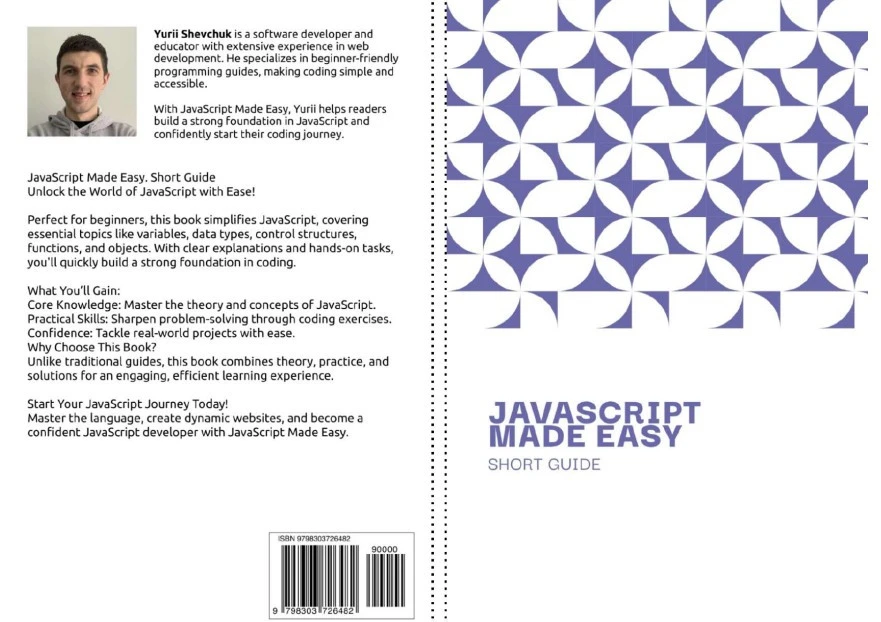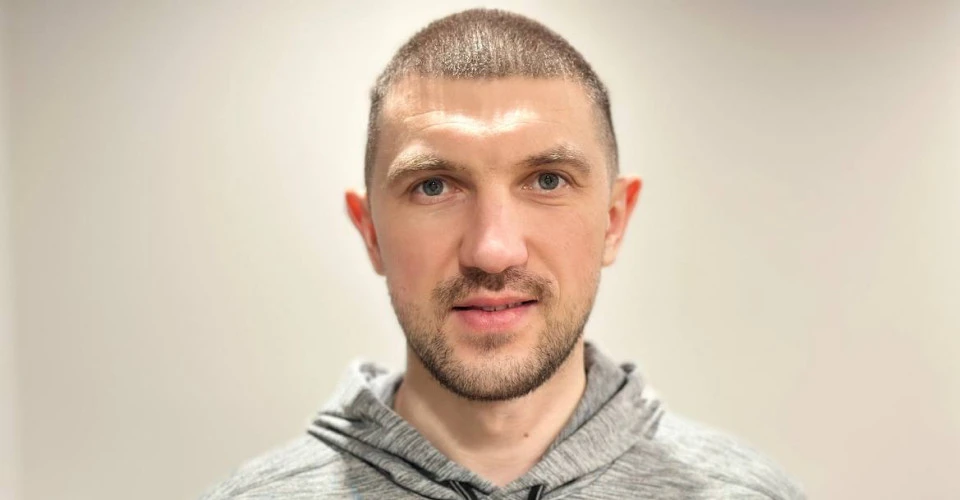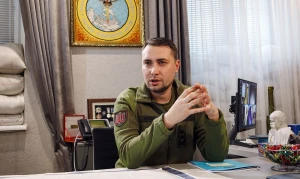
Program even supercomputers can't crack: Ukrainian developer Yurii Shevchuk unveils CodeDoc
In today's world, data security is a top priority for both businesses and private users. Developer Yurii Shevchuk has created the CodeDoc program, which ensures a high level of data protection through its unique encryption algorithms
Espreso spoke to Yurii Shevchuk about his innovative file encryption program CodeDoc.
Polytechnic alumnus with over 10 years of experience and author of two beginner-friendly books

Since high school, Yurii Shevchuk has had a passion for computer science and programming. He studied at Lviv Polytechnic University in the Information Security Department, specializing in Information Security Management, and graduated successfully in 2014.
"Why I chose this particular field of computer science is because it encompasses much more than just programming; it includes a broader scope that covers not only internet security but also general information protection. This field offers more opportunities for personal and professional growth", says Yurii.
During his final years of study, Yurii began working as a frontend developer while simultaneously developing his expertise as a cyber specialist, assisting with information security audits. As his experience grew, he started teaching courses, with over a hundred people taking advantage of his expertise. These were foundational courses for beginners, but later, Yurii decided to systematize the knowledge he had gained into books.
"While teaching others, I felt a strong desire to consolidate all this knowledge into a book. During this time, I became the author of two textbooks — JavaScript Made Easy (a short guide) and JavaScript Made Easy (practical solutions), both written in English", he notes.
What is CodeDoc and how it was created
For the past two years, Yurii has been living in the United States, working on several projects, including those related to the medical field. He explains that the experience he gained made him realize he could not only program and teach, but also create something new and useful.
"I worked on medical projects both in the United States and Ukraine, where I saw that there are strict requirements for how data should be handled in this field. The data must be as confidential as possible. This gave me the idea to create a product and patent it. The main goal of my development is to facilitate the most secure exchange of documents. To achieve this, I used a special encryption algorithm. That's how CodeDoc, a document encryption program, was born. This program is specifically designed for secure document handling. I worked on it for over a year, and last year, I managed to patent it in Ukraine. Now, we are working on obtaining a patent in the United States," says the developer.
What makes CodeDoc special
CodeDoc offers a high level of document security thanks to several key features.
It employs AES-256 encryption when creating files to protect them from unauthorized access. Documents are saved in the proprietary .kdd format, which is exclusive to this system and is additionally encrypted using a 128-bit algorithm.
"This creates a proprietary ecosystem, as both users must have this program installed," Yurii explains.
Access to files can be customized for up to 500 users, allowing for the definition of roles and access levels. All changes are recorded in an event log, which can store up to 100,000 records, ensuring control over document editing and viewing.
CodeDoc also integrates seamlessly with other document management systems, transmitting data via the secure TLS 1.3 protocol, which minimizes the risk of leakage. Additional security is ensured by double encryption, combining RSA-2048 and ECC algorithms, which increases cryptographic resistance by 30% compared to standard solutions.
"Even if an attacker gets hold of a file, they won't be able to decrypt and view its contents. It would take a supercomputer many years of work to crack the cipher and open the file. By the way, there’s a lot of talk about AI nowadays. However, even artificial intelligence won’t be helpful in this case. AI systems have filters and react to words related to hacking," Yurii explains.
Currently, the program is designed for use on a PC, with plans for a mobile version in the future.
How CodeDoc works and why it can become crucial for the medical field

CodeDoc is a unique solution for businesses and individuals requiring the highest level of data protection. According to the creator, the program helps reduce the risks of cyber threats by 80%, provides controlled access, and complies with international cybersecurity standards such as ISO/IEC 27001. Thanks to its flexibility and advanced encryption capabilities, it significantly enhances the security and reliability of working with confidential information.
"This program can be used in any industry, from business and logistics to law and health care. It is already being used not only in Ukraine but also in other countries, including Poland. Some medical institutions and IT companies are integrating it into their systems. CodeDoc is currently undergoing a patent application process in the United States. I am also in discussions for the large-scale implementation of CodeDoc in major international companies, as there is growing interest in the market," the creator shares.
Yurii Shevchuk also advocates for the implementation of stricter cybersecurity standards to protect medical data. Medical institutions are often targeted by hackers, putting patients' personal data at risk of being exposed. The introduction of a program like CodeDoc into the operations of medical institutions and their interactions with patients could significantly enhance data security, ensuring that third parties cannot violate medical confidentiality.
To raise awareness of this issue, Shevchuk created an electronic petition to draw the attention of lawmakers to the need for stronger cybersecurity measures.
Additionally, the creator is working on opening his own cybersecurity school to help cyber professionals further develop their skills.
- News












































